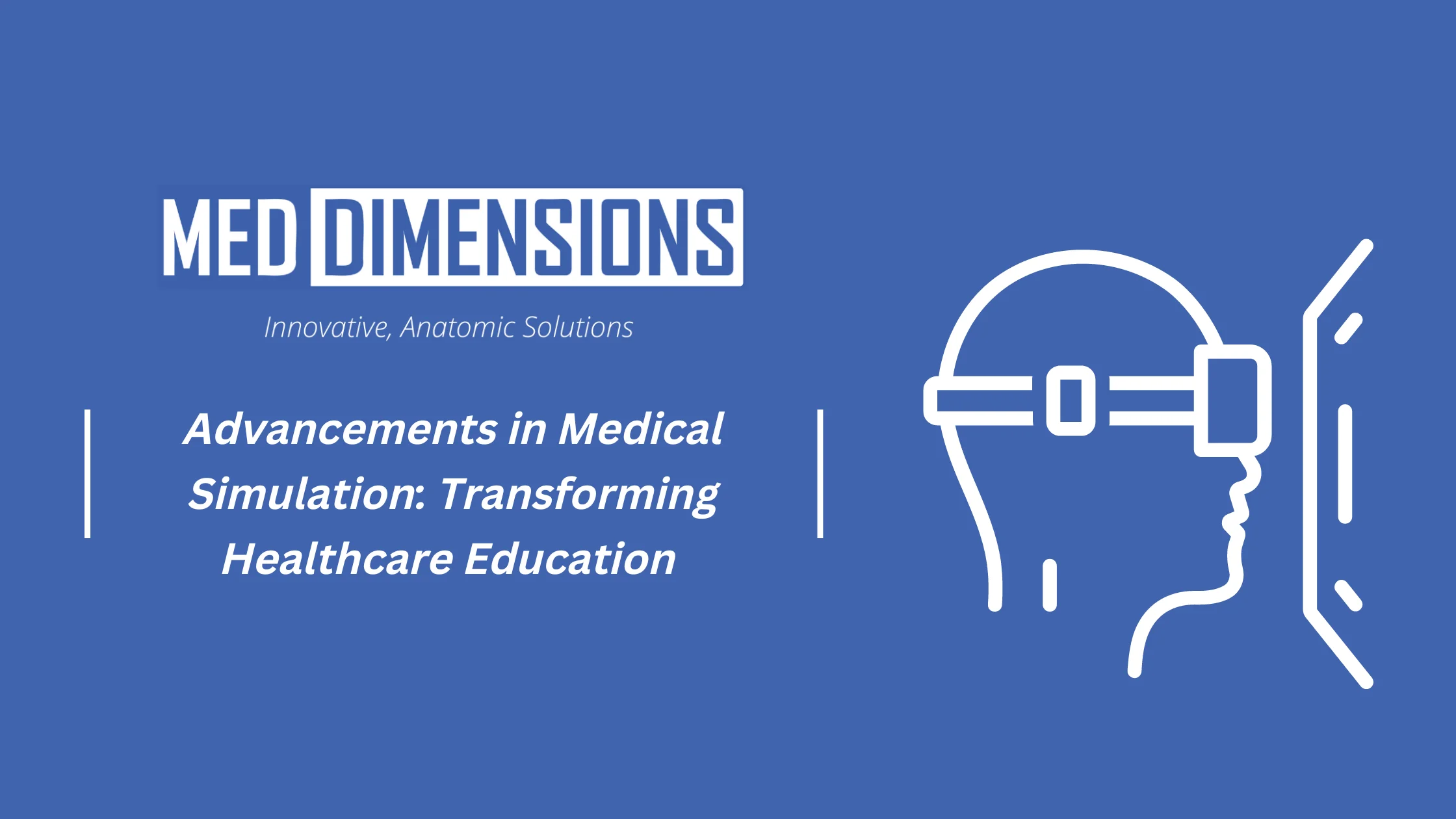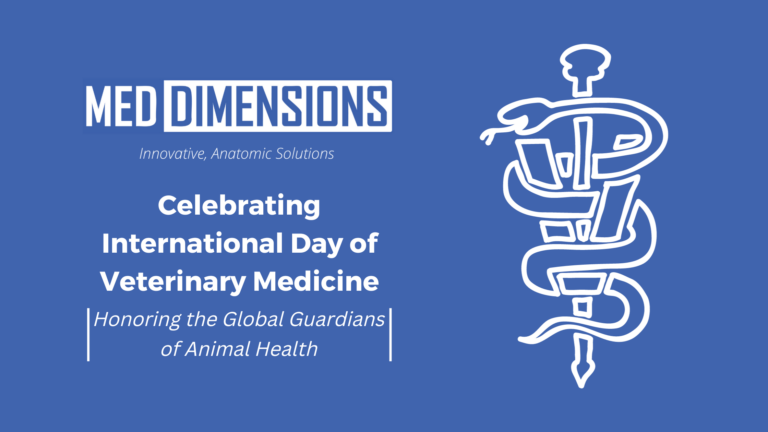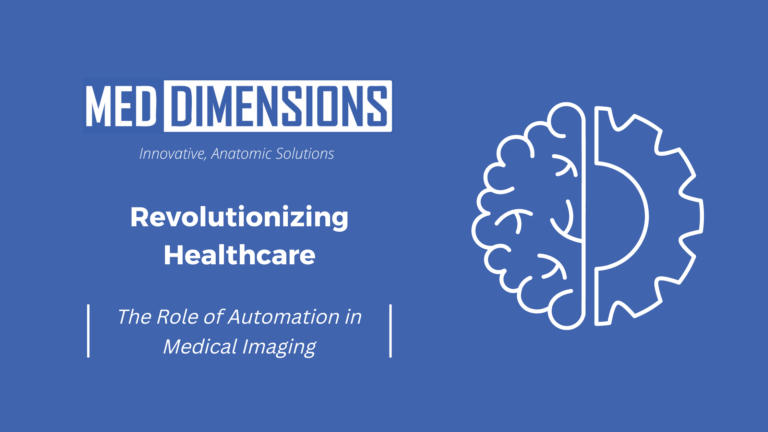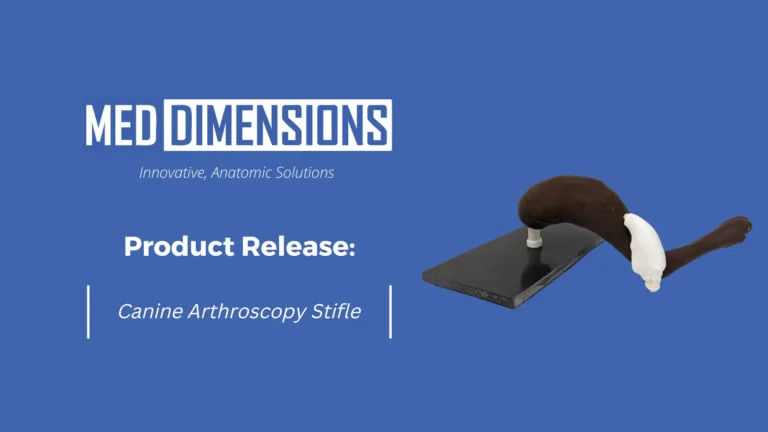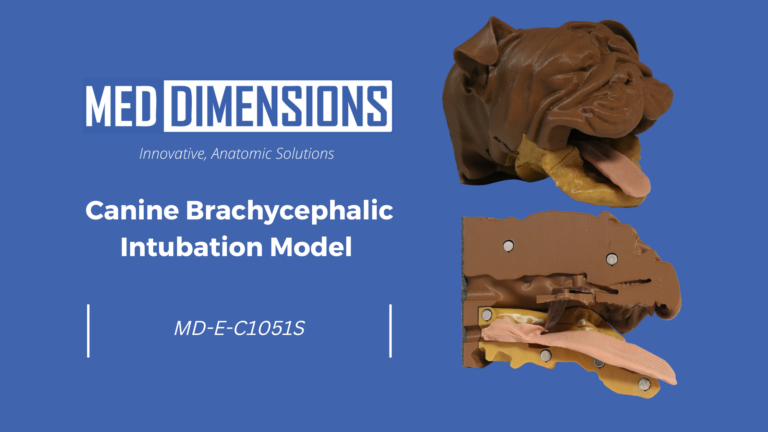Advancements in Medical Simulation: Transforming Healthcare Education
Introduction
Over the past decade, medical simulation has emerged as a groundbreaking tool that has revolutionized healthcare education and training. By providing realistic and immersive experiences, medical simulation has significantly enhanced the skills and competence of healthcare professionals. From simulating complex surgeries to training for high-pressure emergency situations, medical simulation has proven to be a game-changer in improving patient safety and outcomes. In this blog post, we will explore the remarkable advancements in medical simulation over the last 10 years and discuss the profound impact it has had on medical education.
- Enhanced Realism and Fidelity
One of the notable improvements in medical simulation is the increased realism and fidelity of the simulation models and environments. Gone are the days of static mannequins and simplistic task trainers. Today, simulators feature advanced technology, including high-fidelity mannequins capable of realistic physiological responses, interactive virtual reality (VR) environments, and computerized patient models that accurately replicate various medical conditions.
With these advancements, medical students and healthcare professionals can now practice a wide range of procedures and scenarios in a safe and controlled environment. They can perform intricate surgeries, manage critical care situations, and practice communication and teamwork skills with fellow colleagues, all without putting real patients at risk.
- Integration of Virtual Reality and Augmented Reality
Virtual reality (VR) and augmented reality (AR) have made significant contributions to medical simulation. VR enables learners to enter a computer-generated environment that mimics the real world, immersing them in a lifelike experience. AR, on the other hand, overlays digital information onto the real world, enhancing the learner’s perception and understanding.
These technologies have been leveraged in surgical simulations, allowing trainees to practice complex procedures with realistic visuals and haptic feedback. For instance, surgeons can use VR to practice laparoscopic surgeries, manipulating virtual instruments and performing intricate movements. AR can assist in anatomical visualization, displaying internal structures during surgeries, and providing real-time guidance.
- Team-based Training and Interprofessional Education
Effective healthcare delivery often relies on the seamless collaboration of various healthcare professionals. Medical simulation has recognized the importance of teamwork and interprofessional education (IPE) by facilitating team-based training scenarios. Simulation centers now provide opportunities for physicians, nurses, pharmacists, and other healthcare professionals to train together, fostering a culture of effective communication and interdisciplinary collaboration.
By practicing in realistic scenarios, healthcare teams can learn to coordinate their efforts, communicate clearly, and manage critical situations efficiently. These collaborative experiences help break down professional silos and enhance patient-centered care.
- Mobile and Remote Simulation
Advancements in technology have also facilitated the development of mobile and remote medical simulation platforms. These platforms allow learners to access simulation-based training regardless of their physical location. Whether through mobile apps, online virtual simulations, or remote-controlled mannequins, healthcare professionals can now engage in skill-building exercises and scenario-based learning at their convenience.
Mobile and remote simulation provide a flexible learning environment, enabling professionals to refresh their knowledge, practice new techniques, and engage in ongoing professional development. This accessibility is particularly valuable for individuals in rural or underserved areas, allowing them to overcome geographic barriers and access high-quality training.
- Data-driven Feedback and Assessment
Objective feedback and assessment play a vital role in medical education and training. Medical simulation has embraced data-driven technologies to provide learners with comprehensive feedback on their performance. Simulators can capture and analyze various metrics, such as time taken, accuracy, and decision-making, allowing for objective evaluation and identification of areas for improvement.
Additionally, simulation-based assessments enable learners to demonstrate their competence in a controlled environment before transitioning to clinical practice. Objective assessments contribute to standardizing the evaluation process, ensuring consistency and fairness in measuring learners’ skills and knowledge.
Conclusion
The advancements in medical simulation over the last 10 years have transformed healthcare education and training. Through enhanced realism, integration of VR and AR, team-based training, mobile and remote simulation, and data-driven feedback, medical simulation has become an indispensable tool for improving patient safety and outcomes. As technology continues to advance, we can expect further breakthroughs in medical simulation, empowering healthcare professionals to continuously refine their skills and deliver exceptional patient care.
Check out our online shop to learn more!

